🌎 Hello little ones! Today, Admin Azlin wants to share new educational and learning materials (PdP) for you. Let's learn together! 🚀
How is it Made? Year 6 Flashcards: A Journey of Discovery
In the world around us, every object has a story to tell. From the clothes we wear to the food we eat, everything is the result of a fascinating process. The How is it Made? Year 6 Flashcards by Teacher Assha takes us on a journey to explore these processes and discover how things are made.
Starting with Everyday Objects
The series begins with a flashcard featuring various everyday objects, such as a paper boat, a drum, and colored pencils. This card serves as an introduction, sparking curiosity about how these familiar items are created.
Exploring Different Materials and Concepts
As we progress through the series, each flashcard dives deeper into different materials and their uses. We learn about natural materials like wood and cotton, as well as man-made materials like glass and metal. We also explore concepts like the difference between facts and opinions, and how to express these in English.
Process Writing and Sequential Language
One of the standout features of this series is its focus on process writing. Students learn how to describe how something is made using clear, sequential language. They’re introduced to useful linking words like “Firstly,” “Then,” “Next,” “After that,” and “Finally,” which help them structure their descriptions logically.
Distinguishing Between Facts and Opinions
The series also teaches students how to distinguish between facts and opinions—an essential skill in critical thinking. For example, a fact can be proven (“The Earth is the third planet from the Sun”) while an opinion is based on personal feelings or beliefs (“Chocolate ice cream is delicious”).
Encouraging Environmental Awareness
In addition to enhancing language skills, the “How is it Made? Year 6 Flashcards” series encourages students to think about the world around them. They’re prompted to consider where the materials for our clothes come from, how our actions can impact the environment, and how objects can have different properties like color and texture.
The Story of Your Jeans
This series is based on the article “A new life for your jeans” from Unit 6 (page 71) of the YEAR 6 ENGLISH (SEMAKAN KSSR 2017) textbook.
How Jeans are Made
It explains that jeans are made from a material called denim, which in turn is made from a plant called cotton. Cotton grows in warm countries like China, India, and Brazil. It takes about six months for a cotton seed to grow into a plant and produce cotton. After the cotton is harvested, it is dyed with indigo dye that colors the yarn into indigo and made into yarn. This yarn is then made into denim material, which is cut for your jeans.
The Process of Making Stonewashed Jeans
The story continues with an explanation of how stonewashed jeans are made. Jeans are put into a washing machine and washed with stones to make them soft and more comfortable. Stonewashing can also change the color of the denim to light blue.
From Packing to Buying
Finally, the jeans are packed into boxes and transported all over the world. Jeans travel up to 60,000 kilometers to reach shops where you can buy them! Almost half of the jeans made in the world are sold in the USA. Last year alone, people there bought 450 million pairs of jeans.
Conclusion: More Than Just a Language Learning Tool
In conclusion, Teacher Assha’s “How is it Made? Year 6 Flashcards” series is more than just a language learning tool—it’s a gateway to understanding our world and our place in it. By exploring how things are made, students not only improve their English skills but also develop a greater appreciation for the processes that shape our everyday lives.
Kindly click on the image to initiate the slideshow manually, or if you want to view the full image:
DOWNLOAD PDF FILE FROM GOOGLE DRIVE
You can download the compilation of images in PDF format below:
DOWNLOAD IMAGE FILE FROM GOOGLE DRIVE
You can download the compilation of images in ZIP format below:
❤ Did you enjoy learning today? Don't forget to share with your friends so that we can learn together at CikguFadli.com!











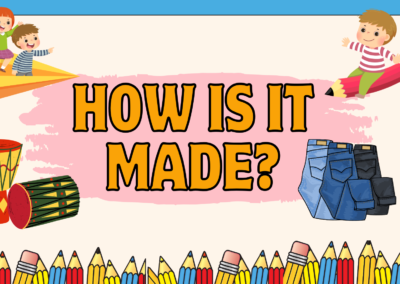
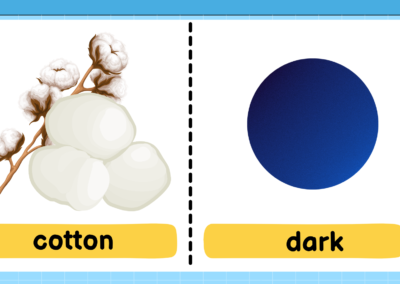
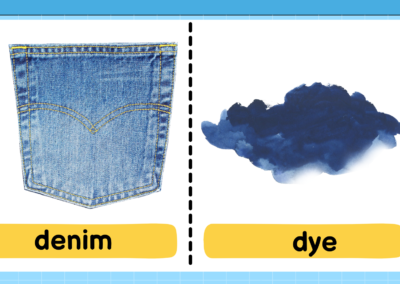
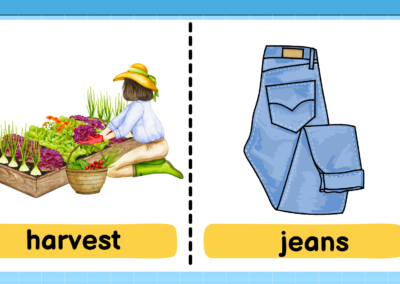
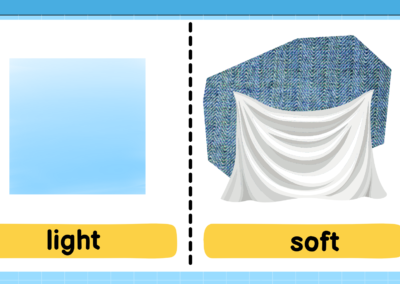
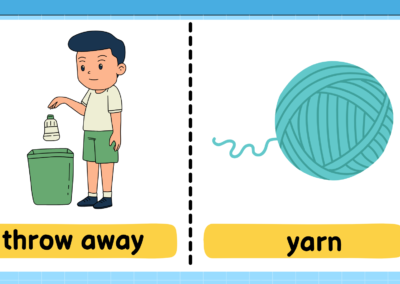

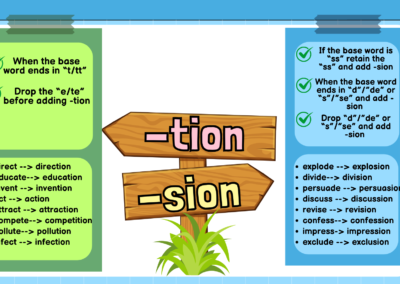
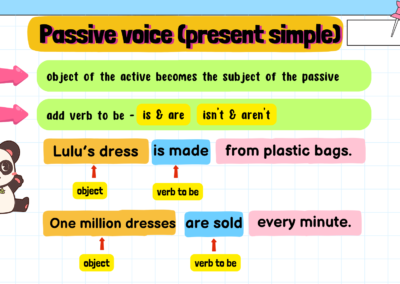
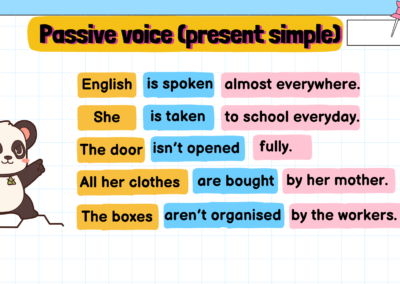
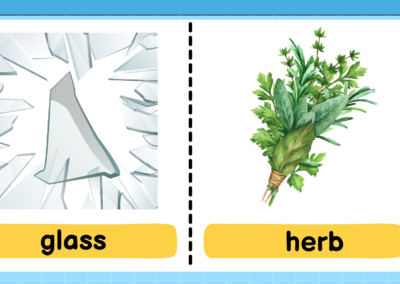

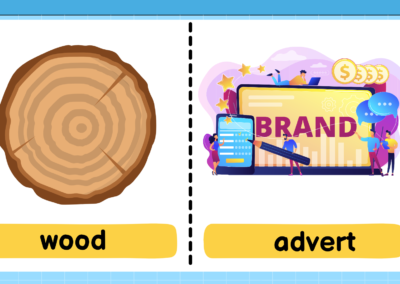
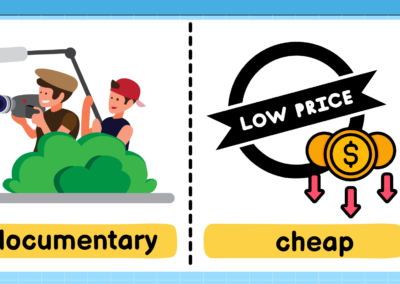
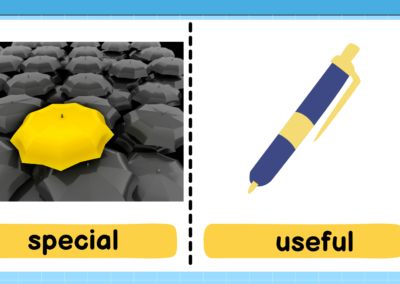
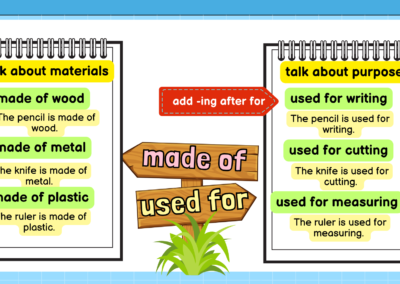
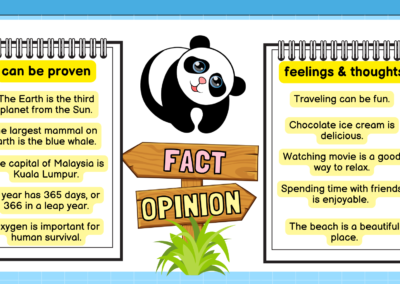
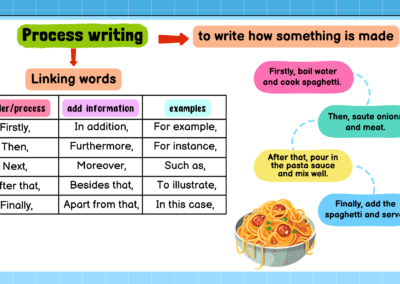




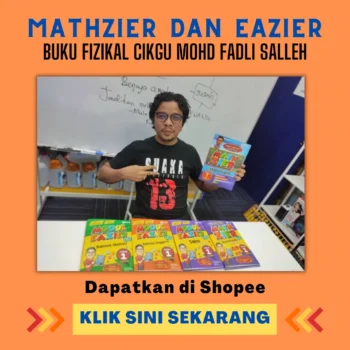
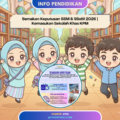
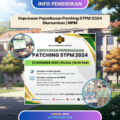


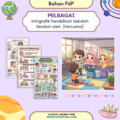
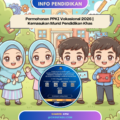


0 Comments